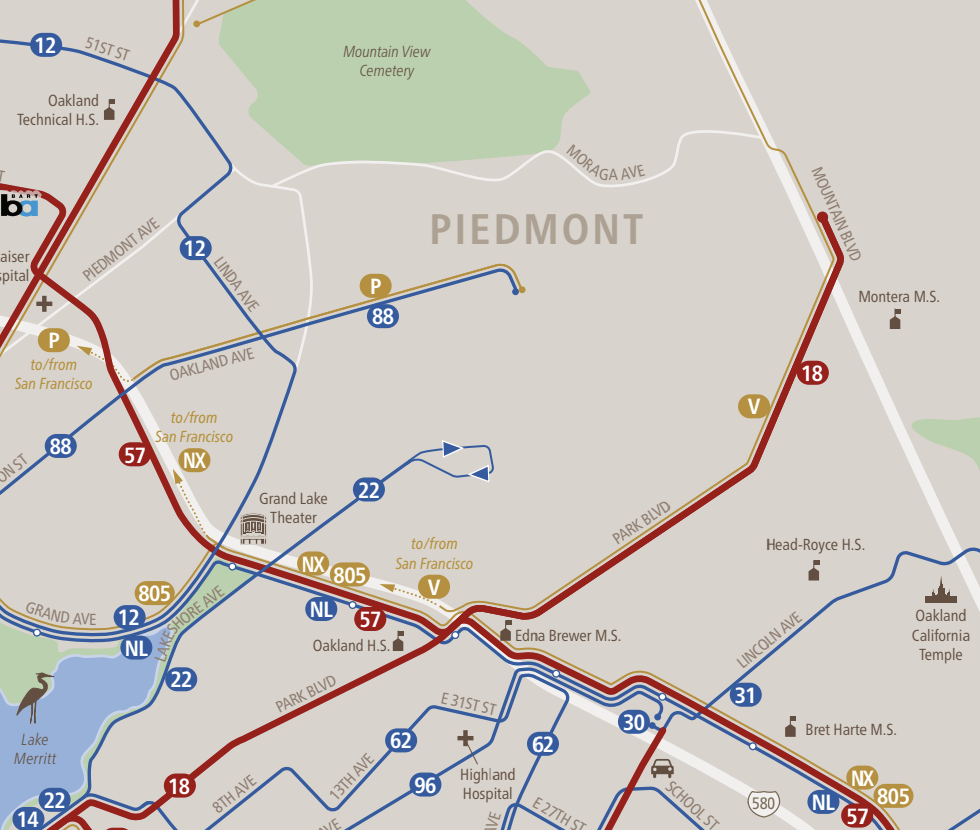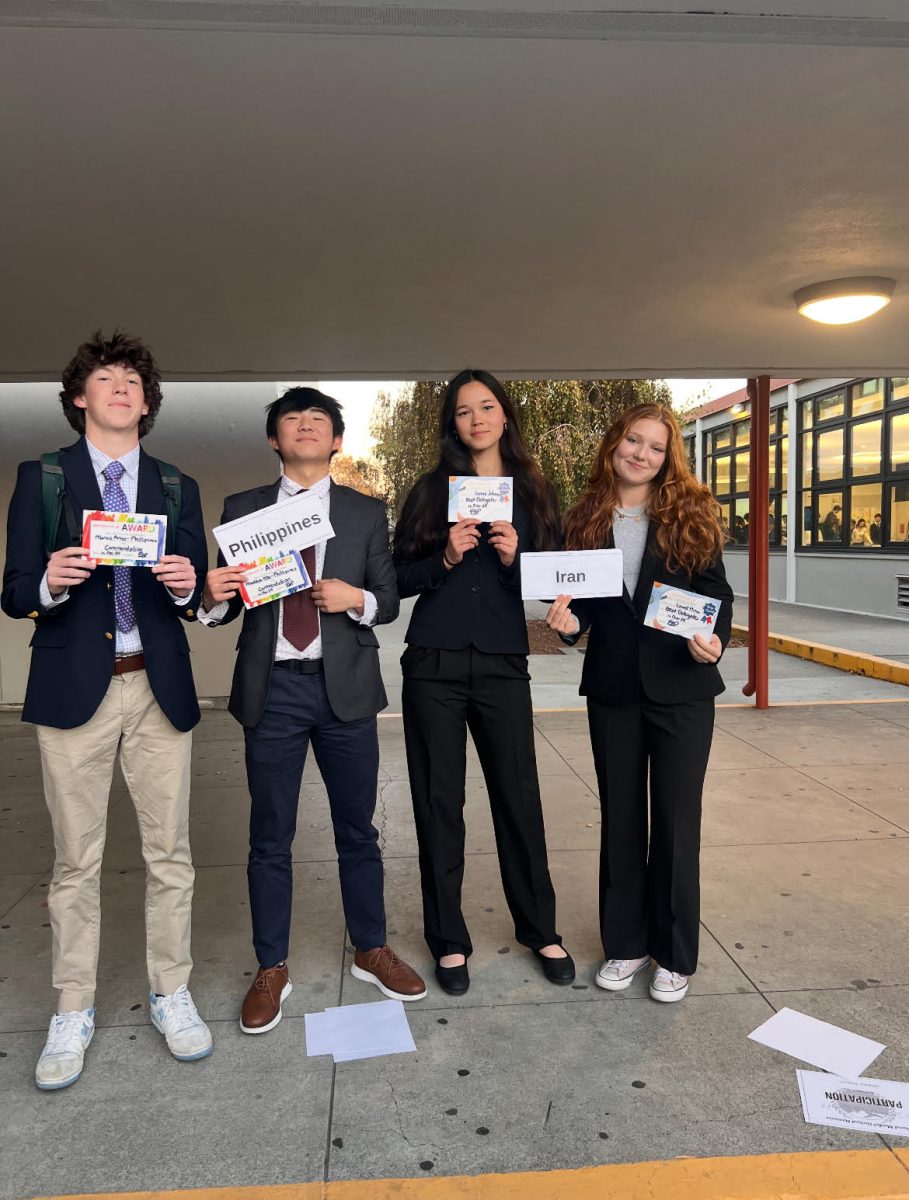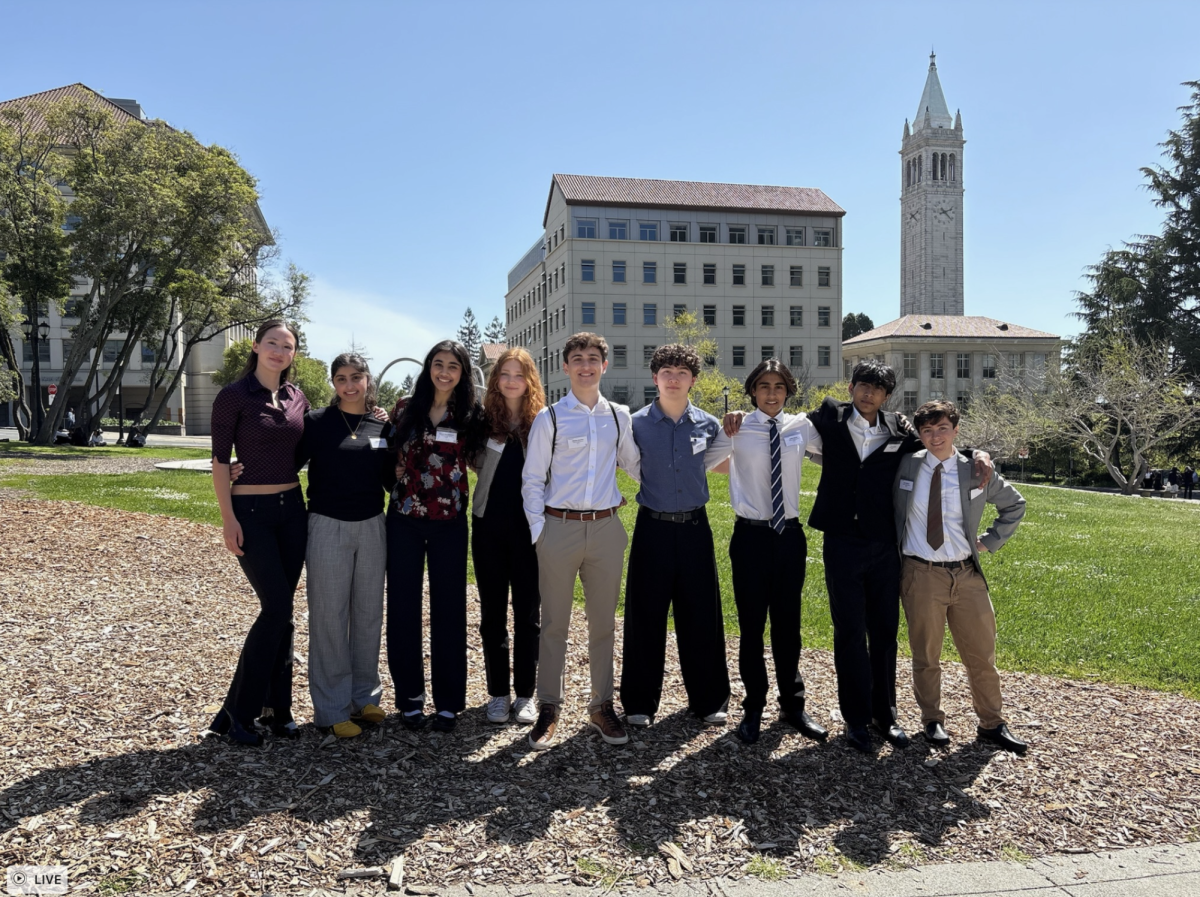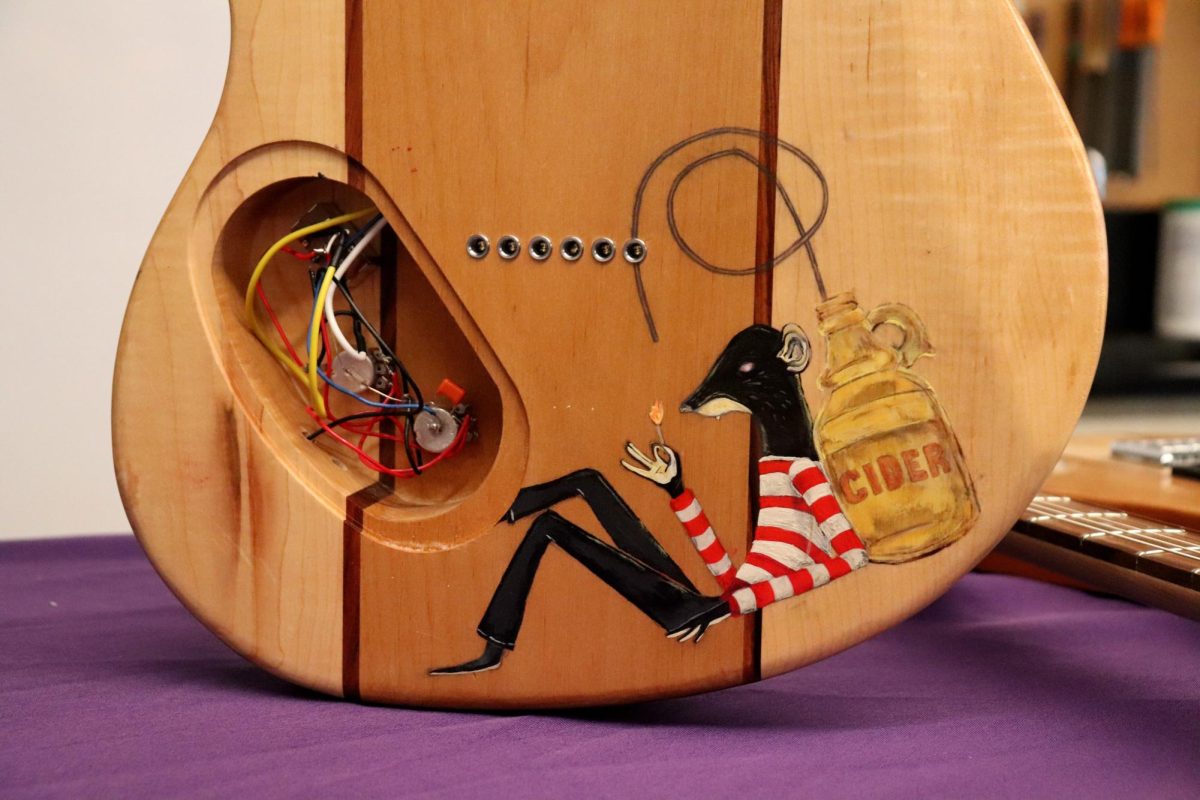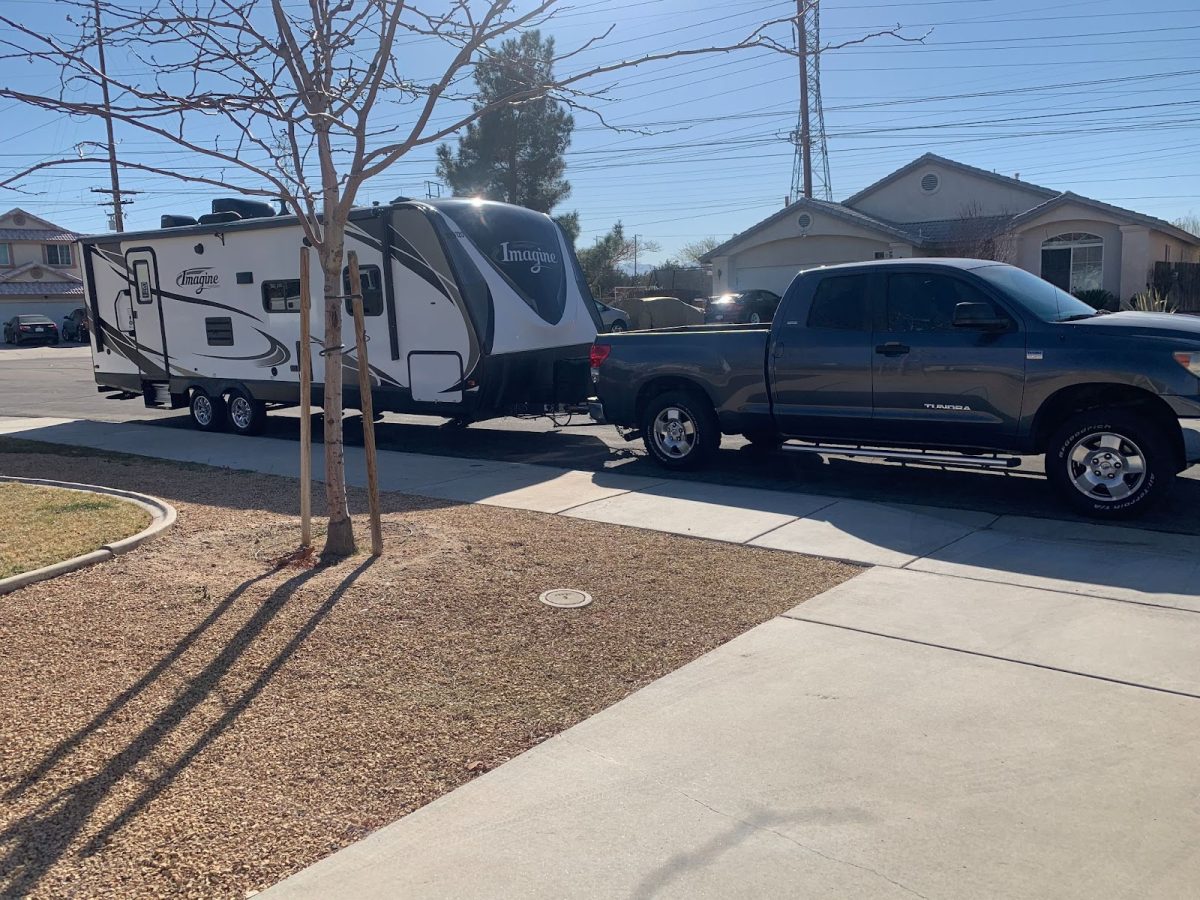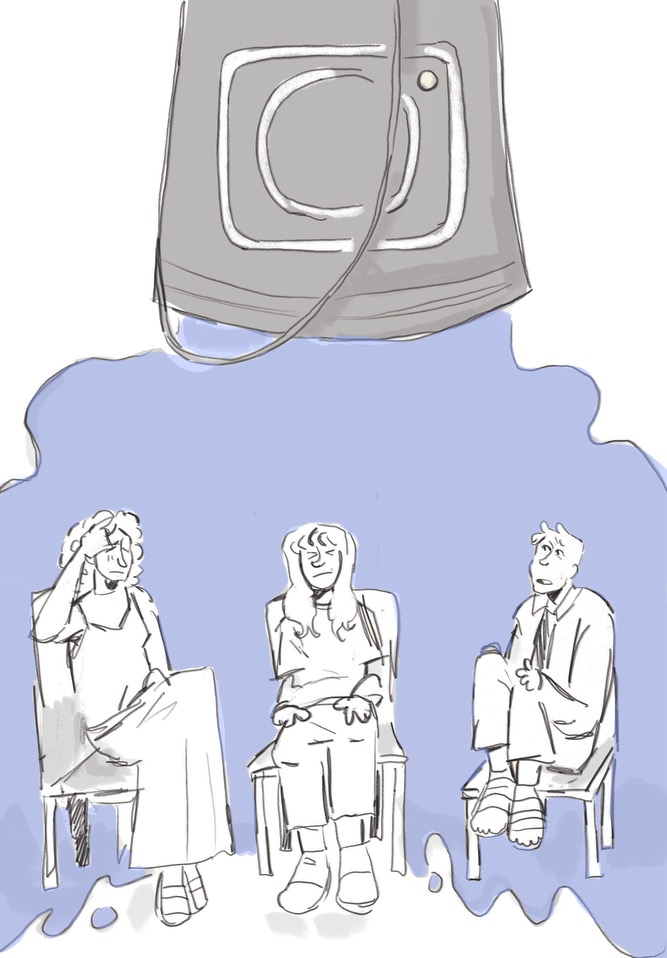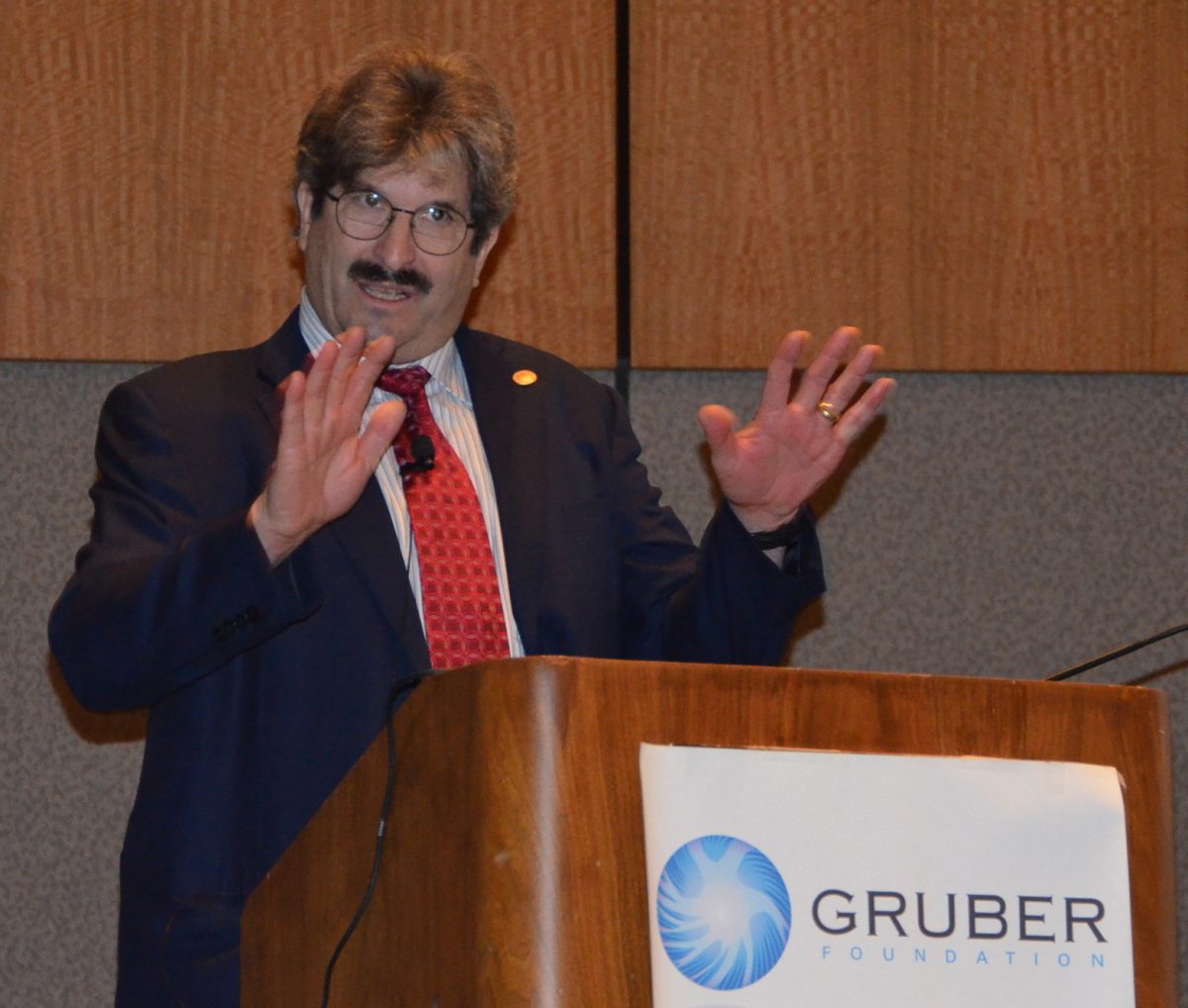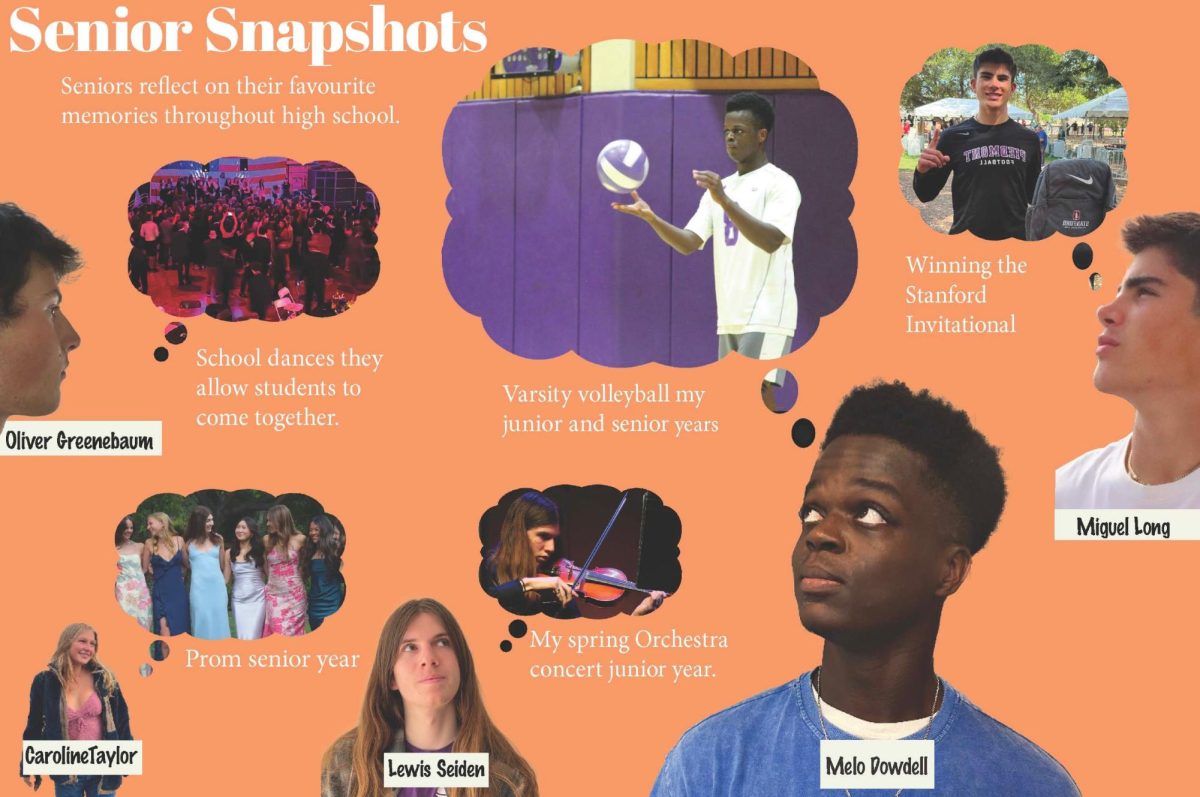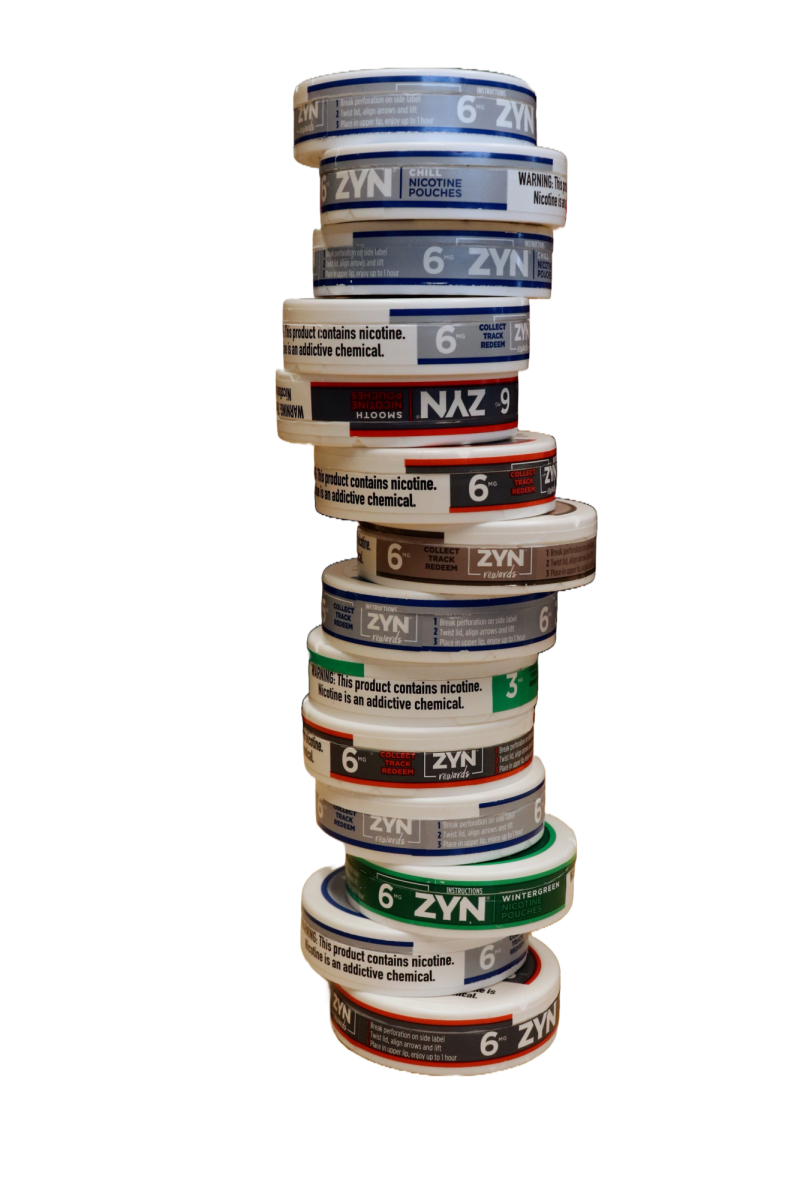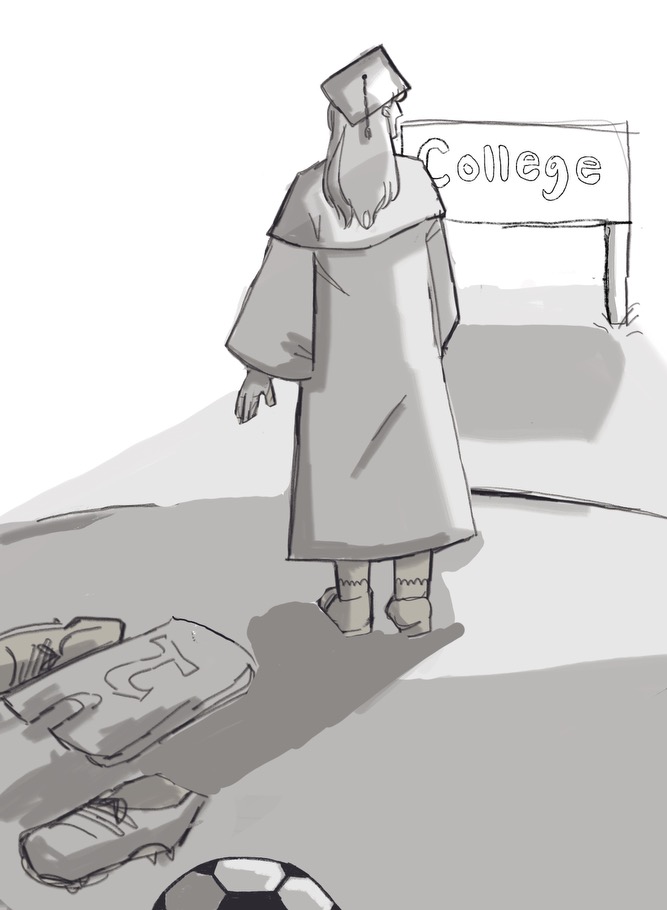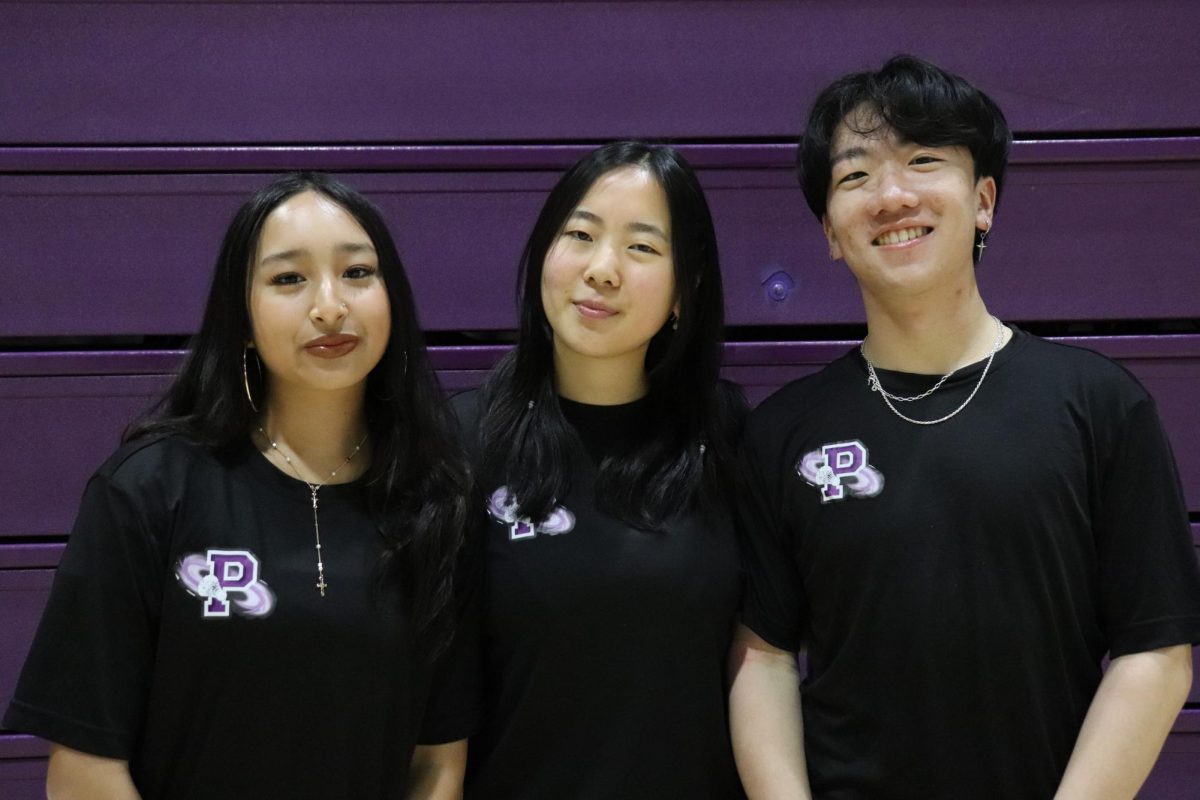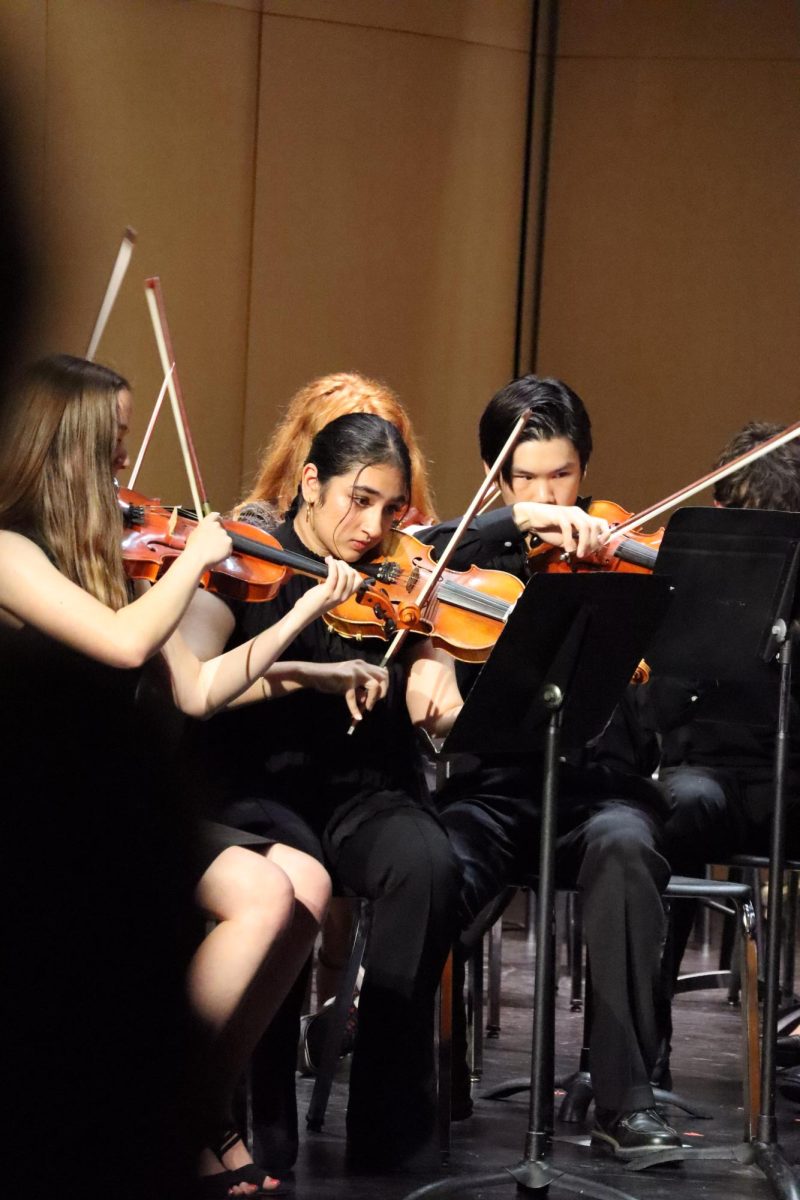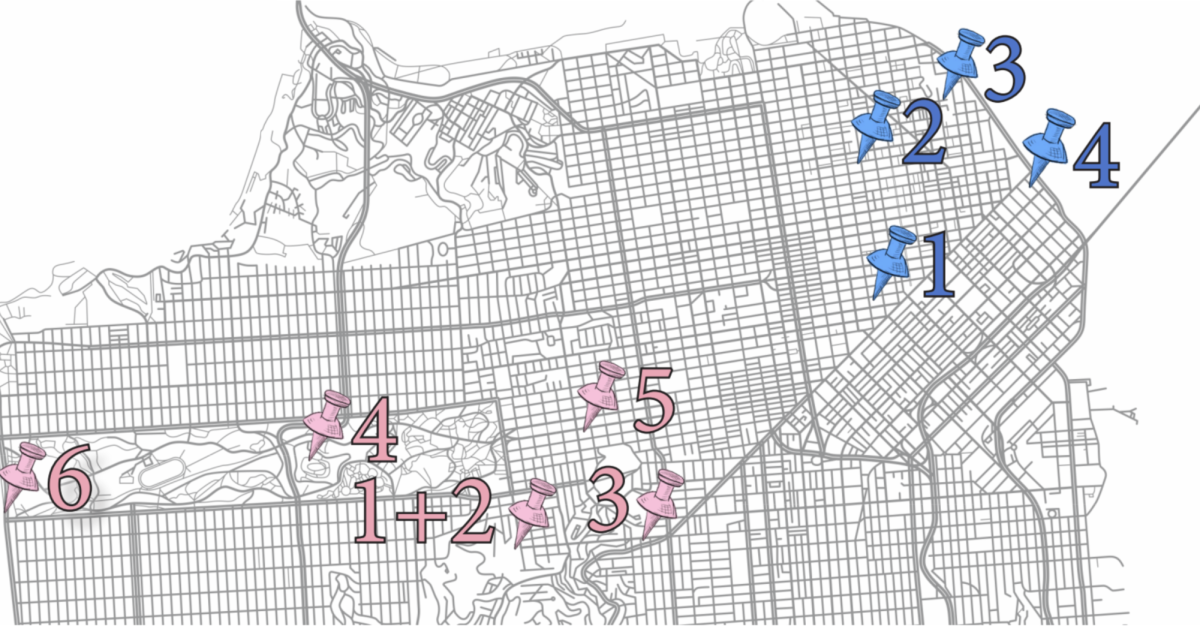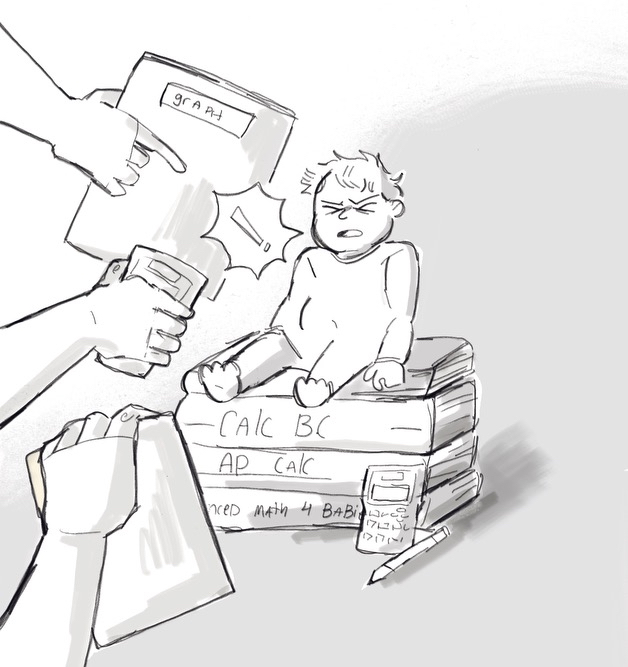We all know PHS is not like most other public high schools in size, structure and age. It has a long history with 95 years worth of yearbooks and if you ever take the time to flip through the old yearbooks, you may be surprised to see that PHS used to have sororities and fraternities on campus.
PHS is no longer big on the social club scene, at least compared to the twenties when clubs were primarily for socializing and could be considered fraternities and sororities, said science teacher of 39 years Glen Melnik.
“It was like it was out of the movie ‘Mean Girls’,” Melnik said. “And if you were new, you really weren’t accepted into the society.”
Brad Hebert alumni of ‘97 was a Kimmer which was one group of the three fraternities that included Rigmas and Kappas. The clubs started when the school was first established in 1921. In the beginning, parents and students would attend parties with other groups as well. Later, the clubs were more centered on social activities amongst students in one particular group.
“I think the social clubs are an interesting idea, but from my knowledge they were mostly about partying,” senior Bing Mitchell said.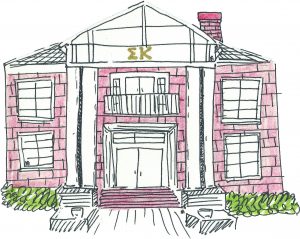
The clubs held initiations, such as the Undie 500 where boys were forced to run down Hampton Road in their underwear, or, for the girls, dressing up in uniforms or costumes at school.
These clubs posed problems for the social atmosphere at the school because those who were not part of a club felt like outcasts Melnik said. Hebert said they encouraged socializing and being a part of something, but at the same time, they were heavily centered on drinking and exclusivity. While the school administrators relentlessly tried to rid the school of these social clubs, it was to no avail until the 1990s, when the students simply decided they were not interested anymore.
Melnik believes that the change was mostly due to an attitude shift within Piedmont..
“[The change] was really a reflection of Piedmont and how it had changed over the past 30 years, and in my opinion, into a better place,” Melnik said.
Melnik no longer sees that same sort of extreme stratification between students now, but also admits that he doesn’t know what sort of interactions students have outside of school.
In Mitchell’s experience, high school is very grouped at first. However, this decreases each year as students meet new people through sports and other extracurriculars. Mitchell likes being able to have a close-knit group of friends, but he also appreciates the ability to get to know a lot of other people due to Piedmont’s small community feel.
“It’s a small town and we live in a bubble that is separate from the rest of the Bay Area here at Piedmont,” senior Natalie Stollman said. “That closeness catalyzes a lot of gossip.”
Stollman said that this might even contribute to the stratification between grades. She has noticed the atmosphere of senior superiority throughout her years at PHS that creates distance between grades.
“The older you are, the more you feel a sense of superiority over the other grades,” Stollman said.
Class of ’05 science teacher John Savage said that the age variation within the school also creates an environment where younger students tend to imitate what the older students do, whether that is a particular behavior or an activity.
“You get one kid who’s involved in activity X and the others eventually want to join in,” Savage said.
Savage has seen this cascade effect when coaching water polo, where students who have never played join the team because their friends are doing it. In other scenarios, like drinking or partying, the younger students feel a need to join in because everyone else is doing it.
“People surround themselves with like-minded people, so your friends are reflective of who you are,” Savage said.
While Stollman has noticed that there is a disconnect between grades, she also sees the closeness of small groups and students in the same grade.
“That united spirit is really special and it really shows through in rallies,” Stollman said.
Not too differently from the past social behaviors at Piedmont, students tend to group together and stick together. At the same time, that “togetherness” can also promote exclusiveness and leave people groupless, Savage said.
“There’s that aspect of unity and being close to a group that’s awesome, but I can see how if [the social clubs] existed today it could be problematic,” Stollman said.
Savage said that closeness of friend groups inevitably means that there are some students who get left out of groups, just like students who got left out of the social clubs.
“It’s easy for a student to get lost and left behind from a social group,” Savage said. “It’s easy to walk by and let it go or not notice.”
This is a trend in other high schools as well, but Piedmont is unique in that it is small so the effects can be heightened, Savage said. These effects include exclusive friend groups and pressures that come with being in friend groups.
“[The social groups] just seem to manifest themselves in different ways than they did in the past,” Mitchell said. “It’s almost like there are still clubs because groups of friends can still be pretty exclusive.”
Savage said the key to making a change is for people to be more willing to include others and for everyone to make an effort to be outgoing.
“Surround yourself with people who you want to be like,” Savage said.
